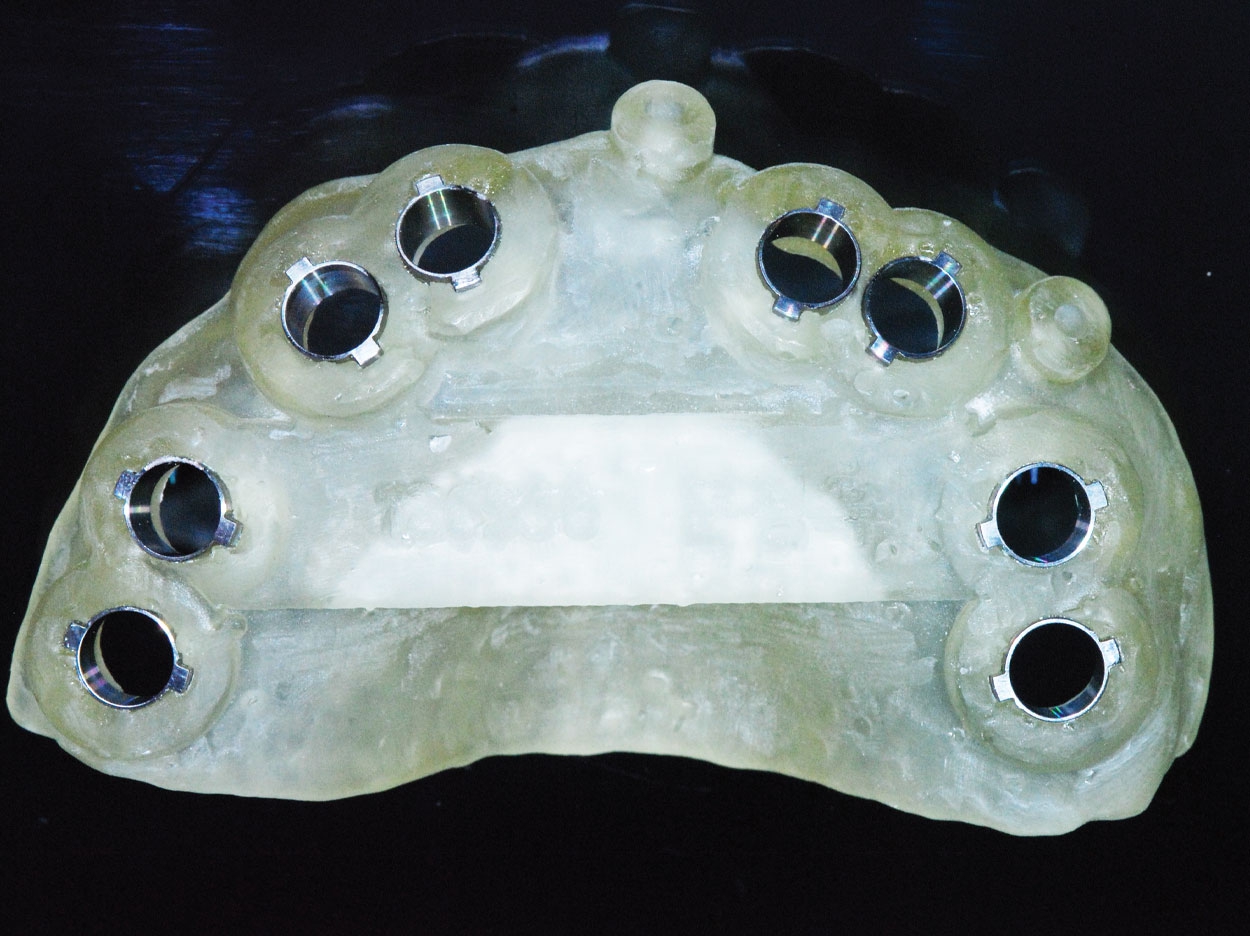
Dental implants have certainly become a viable alternative to conventional dental techniques.
I started my implant training in 1984, when our modern dental implants were relatively new to the profession. At that time, the prominent implant system was not available to the general dentist. Slowly, over time, our materials and techniques have vastly improved, but there certainly were many bumps in this road over the years. Some materials and designs worked reasonably well, while others did not. We learned together through study clubs and continuing education sponsored by a variety of national and international dental organizations.
High-quality clinical education has elevated our profession to a very high level. Digital dental radiographs, and now CBCT analysis, along with CAD/CAM design and milling, have made implant dentistry fairly mainstream as more and more general dentists are embracing both the surgical and prosthetic aspects. Also, the Internet allows our potential patients to get some education as to what is possible to replace missing teeth or ill-fitting dental prostheses.
Increasing numbers of patients are now coming to the offices of general practitioners (GPs) with specific requests for dental implant therapy. It is the GP’s duty to educate and instruct these patients on the benefits and risks of treatment.
In this issue, we have a wonderful interview with the very talented Dr. Charles Schlesinger. It is an informative read for those practitioners just getting started in implant dentistry. Learning from his vast experience and opinions in this realm of dentistry will be very helpful. The article proves interesting for those who have more experience with the therapy as well. We also have a second article by Drs. JaeSeok Kang and Meekyung Son who present a clinical case involving a full-arch, multi-unit implant-supported reconstruction. This technique has become very popular around the country as we are able to predictably restore our full-arch edentulous patients with permanent fixed prostheses. This mode of treatment has specific guidelines that must be followed precisely to achieve the maximum functional and aesthetic outcomes. This article is an excellent read if you want to incorporate this treatment option into your practice. Likely, your patients have been, and will be, asking about it.
Presenting outcomes to patients who present to our offices requesting changes in their dental and facial aesthetics can be challenging. Clinical expertise and experience allows the dentist to visualize the end result prior to any surgical intervention. Proper, high-quality continuing dental education is the key to success. I challenge our readers to take the information presented in this issue and use it to help elevate diagnoses, treatment planning, and clinical thought processes to the highest level possible.
If you have any questions or comments about this topic, or any other subject presented in Implants Today, feel free to contact Dr. Kosinski at drkosin@aol.com.












